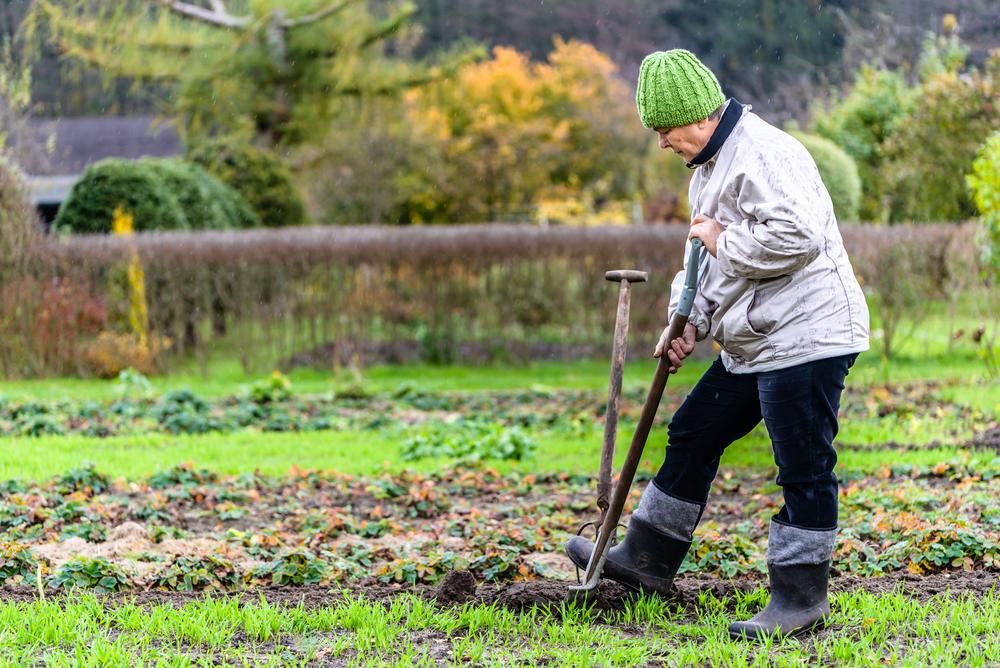As the growing season comes to an end, it’s time to put the garden to bed properly for winter and, more importantly, next spring. If at all possible, choose a sunny, dry day and work from mid-morning to afternoon because wet weather and morning dew can help spread disease spores throughout the garden.
Plus, footsteps will compress the soil, and muddy conditions result in dirty garden gloves and boots.





